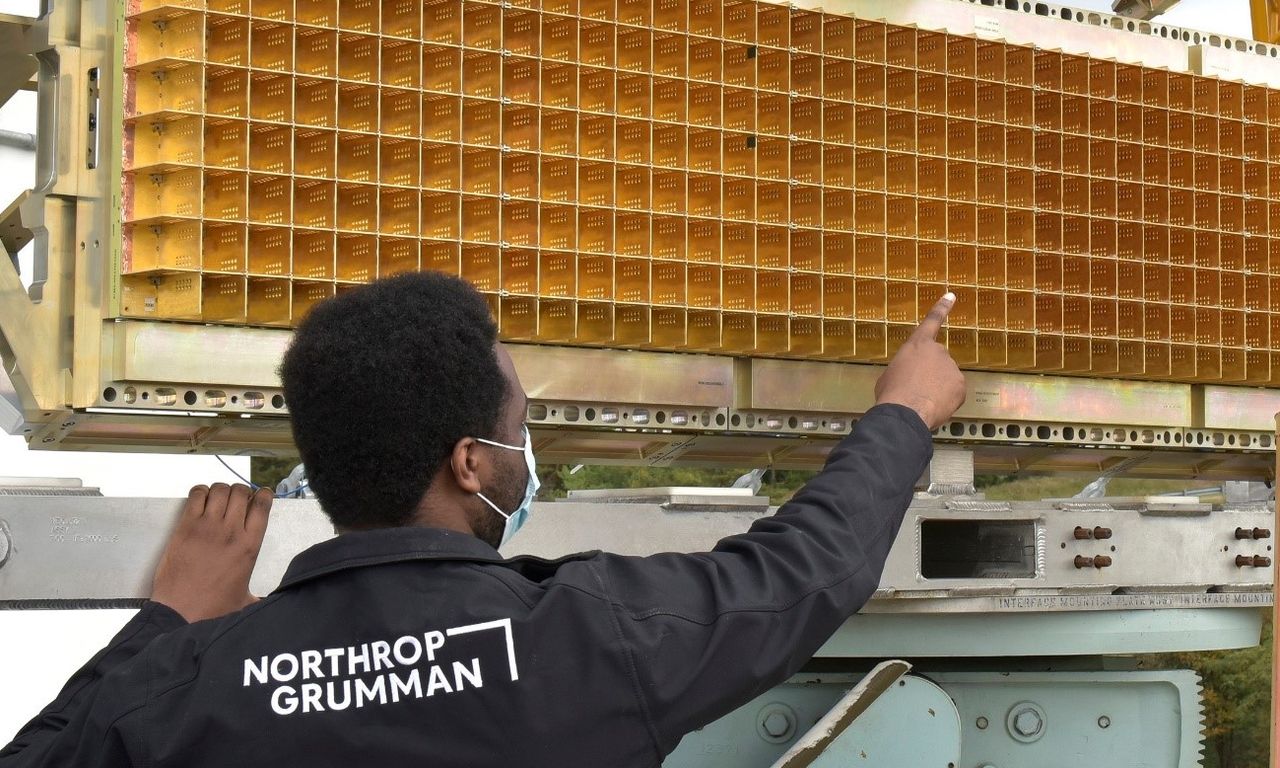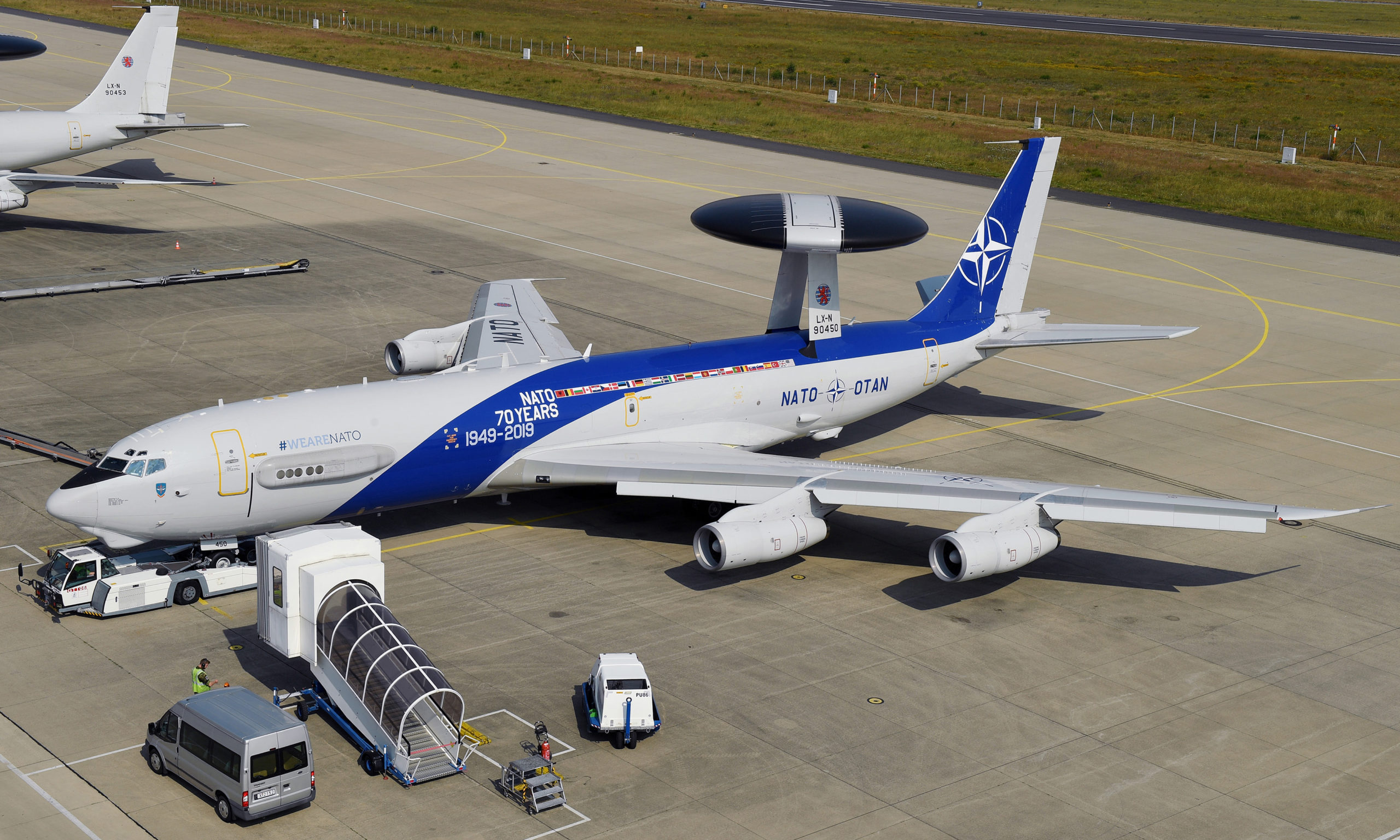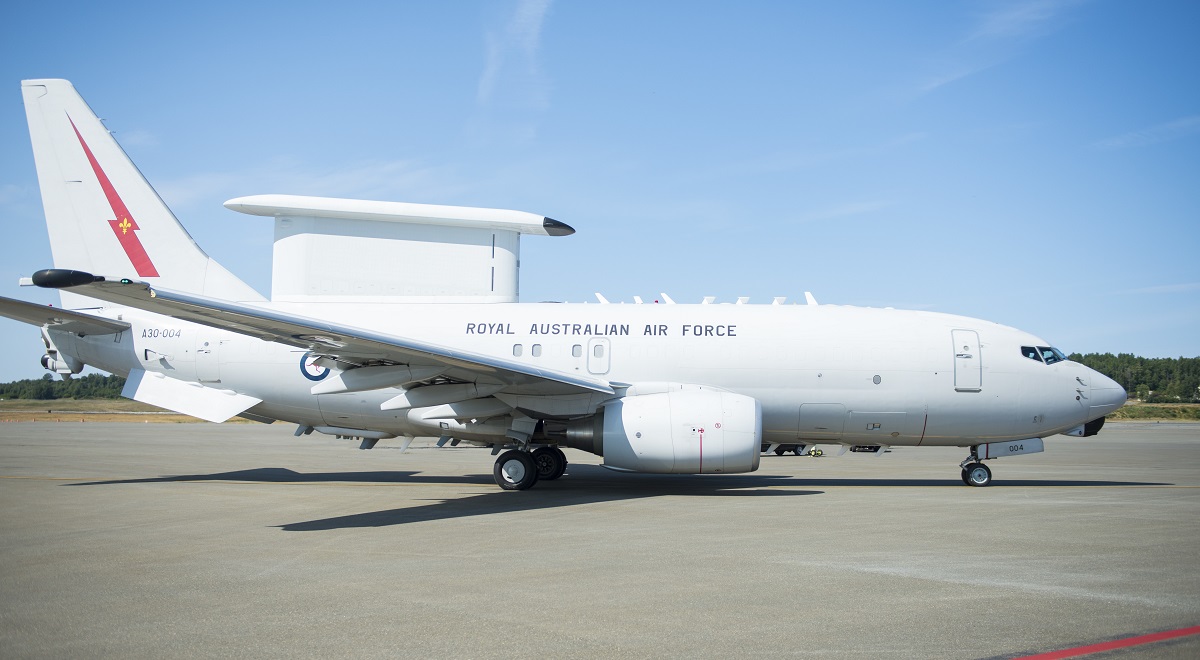FighterJock
ACCESS: Above Top Secret
- Joined
- 29 October 2007
- Messages
- 5,612
- Reaction score
- 5,943
I was wondering what would happen to the two E-7s that the RAF never bought bring_it_on.
The US Air Force could buy the first two aircraft to replace the E-3 Sentry airborne warning and control fleet as early as fiscal 2023, the service announced today.
The service is now seeking information from industry about whether companies can deliver “at least two production representative prototype aircraft, including ground support and training systems, within five years starting in FY23,” when a contract is expected to be awarded, an Air Force solicitation states.
Although the request for information doesn’t constitute a promise from the government to start a program of record, the move shows that the Air Force may be inching closer towards replacing the aging AWACS.
But a big question remains: Will the Air Force choose to sole source Boeing’s E-7 Wedgetail — an aircraft that has garnered support from top service leaders such as Air Combat Command head Gen. Mark Kelly and Air Force Pacific Command head Gen. Kenneth Wilsbach — or does the new solicitation signal a more open competition for the aircraft?
The RFI provides little information about how the Air Force could structure a new program, if it chooses to pursue one.
Instead, the services calls on companies to submit information on proposed E-3 replacement aircraft, including on key systems such as: its advanced air moving target indication radar, battle management command and control (BMC2) system, self-defense capabilities and key communications systems like Link 16 and Mobile User Objective System.
The aircraft should be able to conduct at least six missions simultaneously, such as offensive counter air, defensive counter air, air traffic control, close air support, suppression of enemy air defenses, aerial refueling or combat search and rescue. The solicitation also asks whether the proposed offer is capable of conducting maritime surveillance.

Have to wonder if the thinking behind the truncated E-7 purchase was the possibility of piggybacking on a larger USAF purchase in the near future.I certainly do hope that the RAF buy's more E-7's bring_it_on, let's hope that the USAF purchase will spur on the RAF to buy at least a further seven to take the total up to ten.
I think the "looking for vendors" is entirely procedural and shouldn't be read into too seriously. Buying the first two aircraft in FY23 is pretty fast for a bureaucracy and strongly implies an off-the-shelf purchase. The E-7 is the only contender in such a timeframe. They can always Tinker with it later on.Me thinks they should just reduce risk, cost, and time and just get the E-7 that's already in use
two production representative prototype aircraft, including ground support and training systems, within five years starting in FY23
I wonder if they are thinking more about a UAV platform - a bigger MQ-25 anyone?The aircraft should be able to conduct at least six missions simultaneously, such as offensive counter air, defensive counter air, air traffic control, close air support, suppression of enemy air defenses, aerial refueling or combat search and rescue. The solicitation also asks whether the proposed offer is capable of conducting maritime surveillance.
Doesn't sound like it necessarily has to be off-the-shelf, technically they have until 2028 to deliver the prototypes, which suggests production wouldn't be until the early 2030s.
Jinx!The vast majority of KC-46 issues wouldn't translate to such an aircraft, unless some idiot...
The same one as their MPA platform.Sell their A-330 with what radar, and with what battle management system?
The best and safest bet would go on Israeli system. so A-330/EL2090 combo. and maybe add X-band radar in the bottom so it can be a real proper Sea surveillance platform as requested in RFI.


Logical as Mr Spock would say.NATO, also, is taking the same path:

Boeing-Led Team to Explore E-3 AWACS Replacement Options for NATO | Air & Space Forces Magazine
Boeing will study how to replace NATO’s E-3 AWACS system as US Air Force leaders state preference for E-7 Wedgetail flown by allies.www.airforcemag.com
Logical as Mr Spock would say.NATO, also, is taking the same path:

Boeing-Led Team to Explore E-3 AWACS Replacement Options for NATO | Air & Space Forces Magazine
Boeing will study how to replace NATO’s E-3 AWACS system as US Air Force leaders state preference for E-7 Wedgetail flown by allies.www.airforcemag.com

This kind of fits here in that there isn't a thread for the doomsday planes.... Its back to the future with turboprops....

This Is Our First Look At The Navy’s Next 'Doomsday Plane,' The EC-130J TACAMO
The next-generation EC-130J TACAMO will replace the current fleet of E-6B Mercury jets in a throwback to the Cold War era.www.thedrive.com
This kind of fits here in that there isn't a thread for the doomsday planes.... Its back to the future with turboprops....

This Is Our First Look At The Navy’s Next 'Doomsday Plane,' The EC-130J TACAMO
The next-generation EC-130J TACAMO will replace the current fleet of E-6B Mercury jets in a throwback to the Cold War era.www.thedrive.com
I would have preferred the E-7 Mercury to be replaced by either a jet based on the 777 or the more modern 787 instead of going back to a turboprop aircraft in the shape of the EC-130J TACAMO, the 777/787 aircraft would be better suited to the mission than the C-130J.
Interesting...if these are only to serve in the TACOMO mission, what is going to fulfill LOOKING GLASS?This kind of fits here in that there isn't a thread for the doomsday planes.... Its back to the future with turboprops....

This Is Our First Look At The Navy’s Next 'Doomsday Plane,' The EC-130J TACAMO
The next-generation EC-130J TACAMO will replace the current fleet of E-6B Mercury jets in a throwback to the Cold War era.www.thedrive.com
Interesting...if these are only to serve in the TACOMO mission, what is going to fulfill LOOKING GLASS?This kind of fits here in that there isn't a thread for the doomsday planes.... Its back to the future with turboprops....

This Is Our First Look At The Navy’s Next 'Doomsday Plane,' The EC-130J TACAMO
The next-generation EC-130J TACAMO will replace the current fleet of E-6B Mercury jets in a throwback to the Cold War era.www.thedrive.com

USAF will have Open Mission Systems on their E-7s, as well as some other capabilities. That may explain the rather substantial time given to "prototyping". It may even be designated as a new variant.so will the USAF E-7s be significantly different than the Australian/Turkish/Korean ones?
so will the USAF E-7s be significantly different than the Australian/Turkish/Korean ones?
